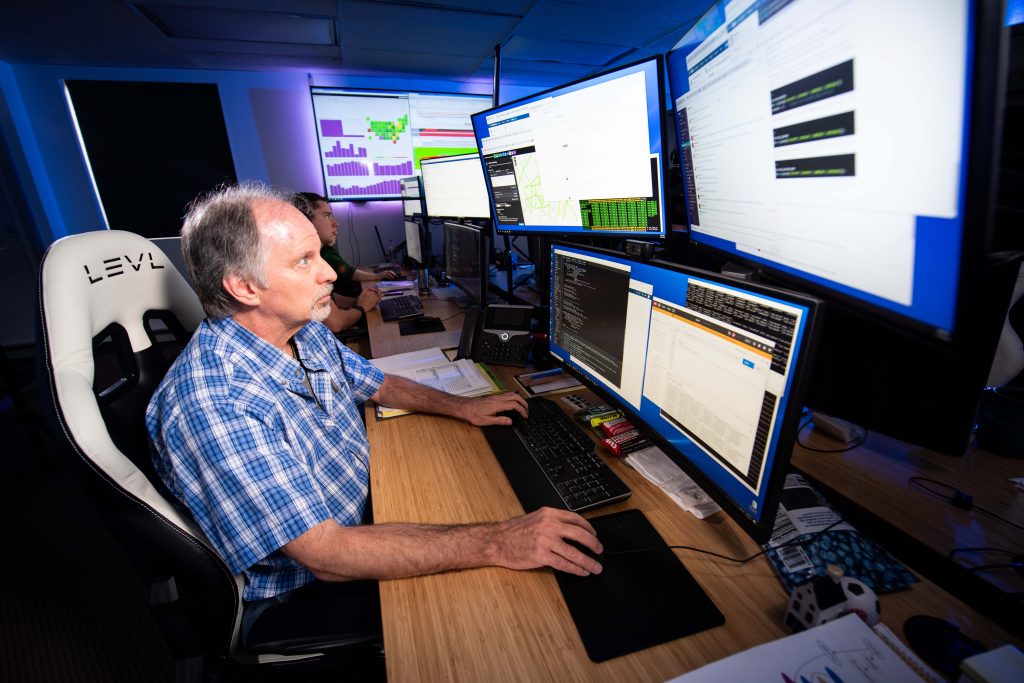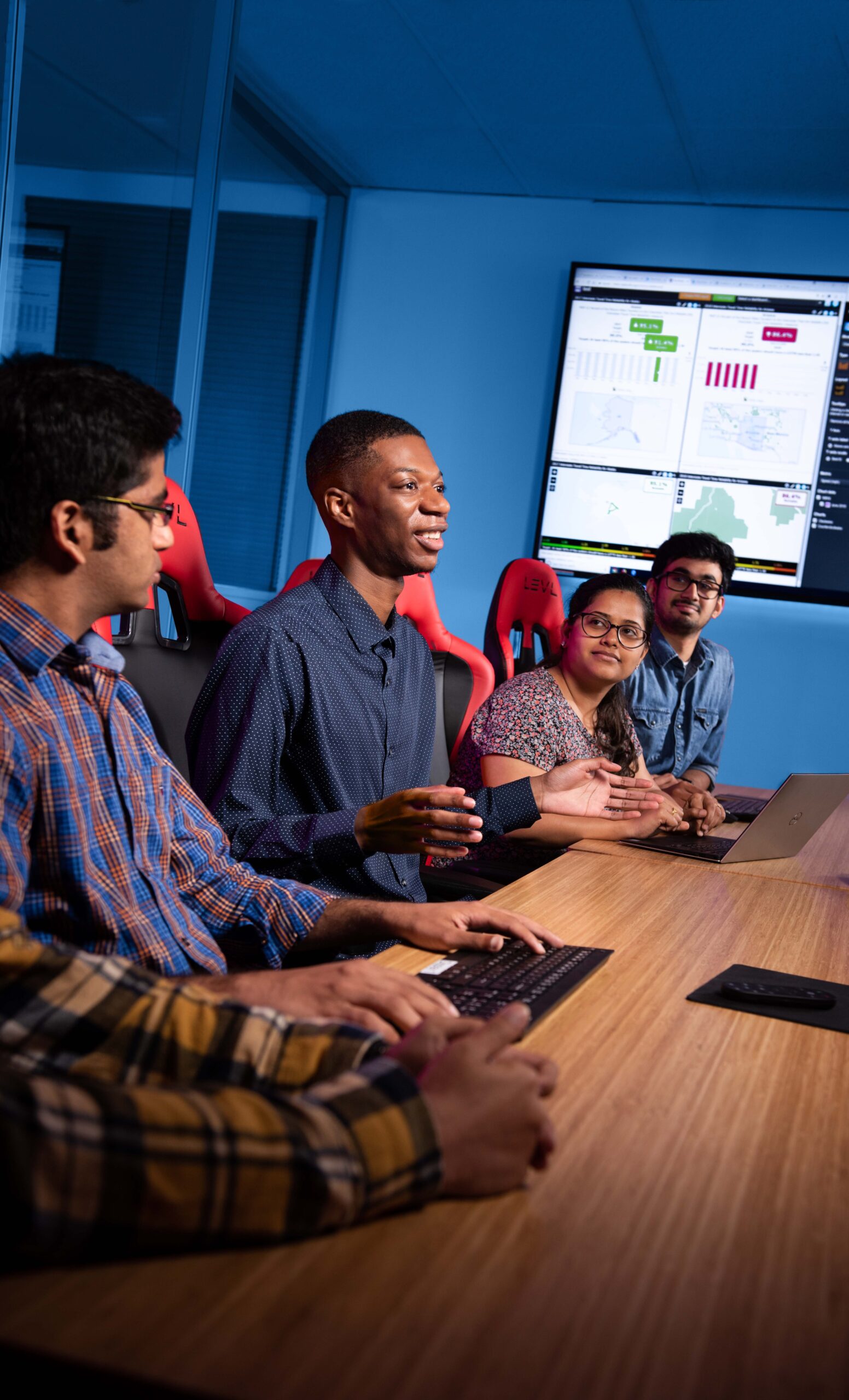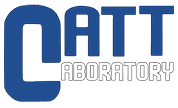The CATT Laboratory was established in 2002 as an academic research and development laboratory focused on applied research. The mission of the lab is to support national, state, and local efforts to provide safe and efficient transportation systems through improved operations and management by means of research and development, technology implementation, training, and education. The CATT Lab’s research and development activities provide a bridge between the intelligent transportation systems (ITS) community, the information technology community, and other disciplines essential to the successful application of ITS.
We are an interdisciplinary group of full-time faculty developers, engineers, graduate students, and undergraduate students from various fields, including computer science, computer engineering, geographic information systems, electrical engineering, civil engineering, telecommunications, digital entertainment and simulation, graphics, and systems engineering. In addition to the full-time staff and students, the CATT Lab can also draw on professional staff and professors from all disciplines within the University of Maryland System for additional resources as needed.

The CATT Lab specializes in:
The CATT Lab offers its research and design services to both the public and private sectors.
The CATT Laboratory operates three independent data centers, each with over 12 full racks of primarily Linux-based database and application servers, providing hundreds of terabytes of storage capacity. These data centers are used, in part, to collect and archive nearly 60 incoming transportation data feeds from agencies across the country. The CATT Lab is connected to these agencies via the University of Maryland’s high-speed internet backbone and has direct fiber connections to multiple state agencies.
The CATT Lab serves this data to thousands of researchers, planners, operations specialists, and homeland security officials across the country, including:

Collectively, the CATT Laboratory team has experience in using technologies, frameworks, and languages such as:
